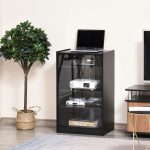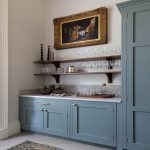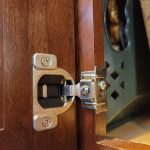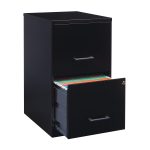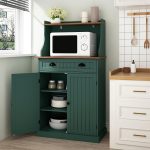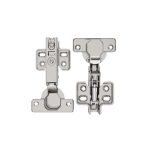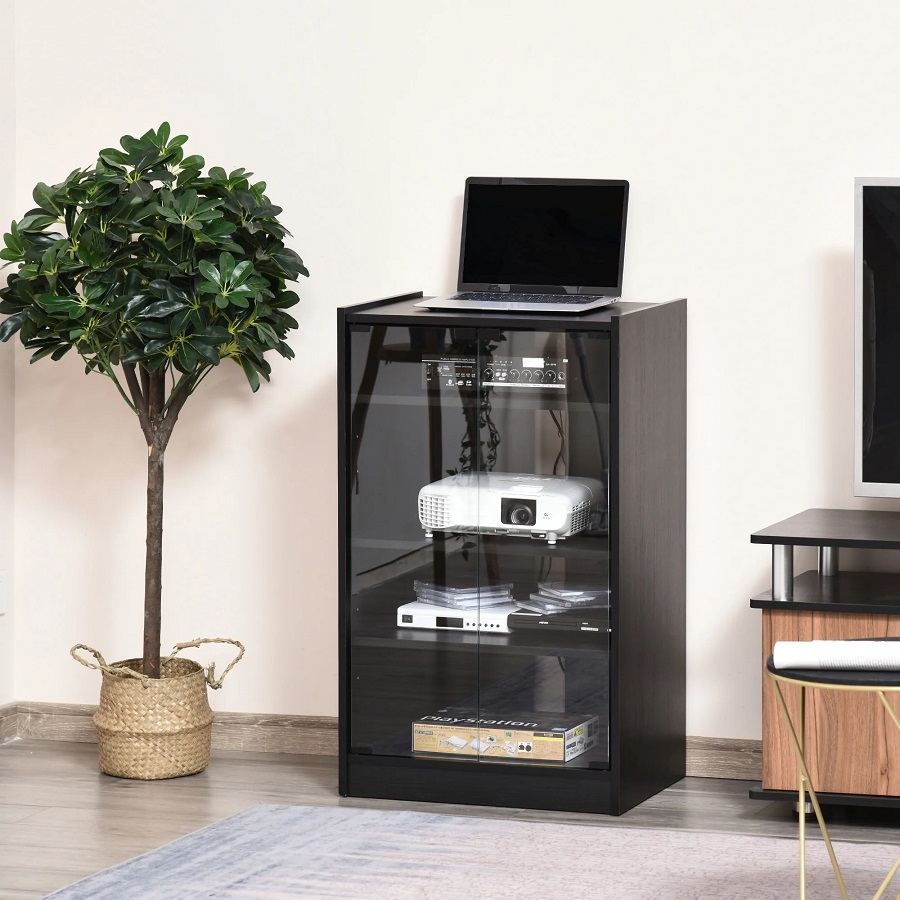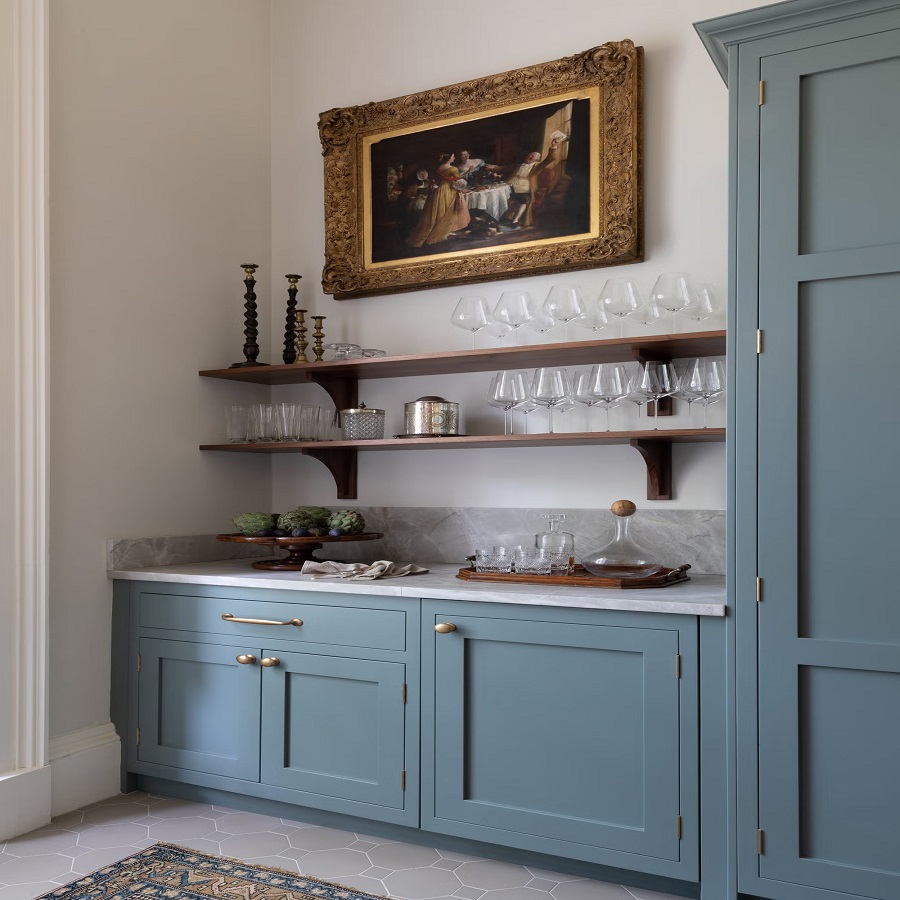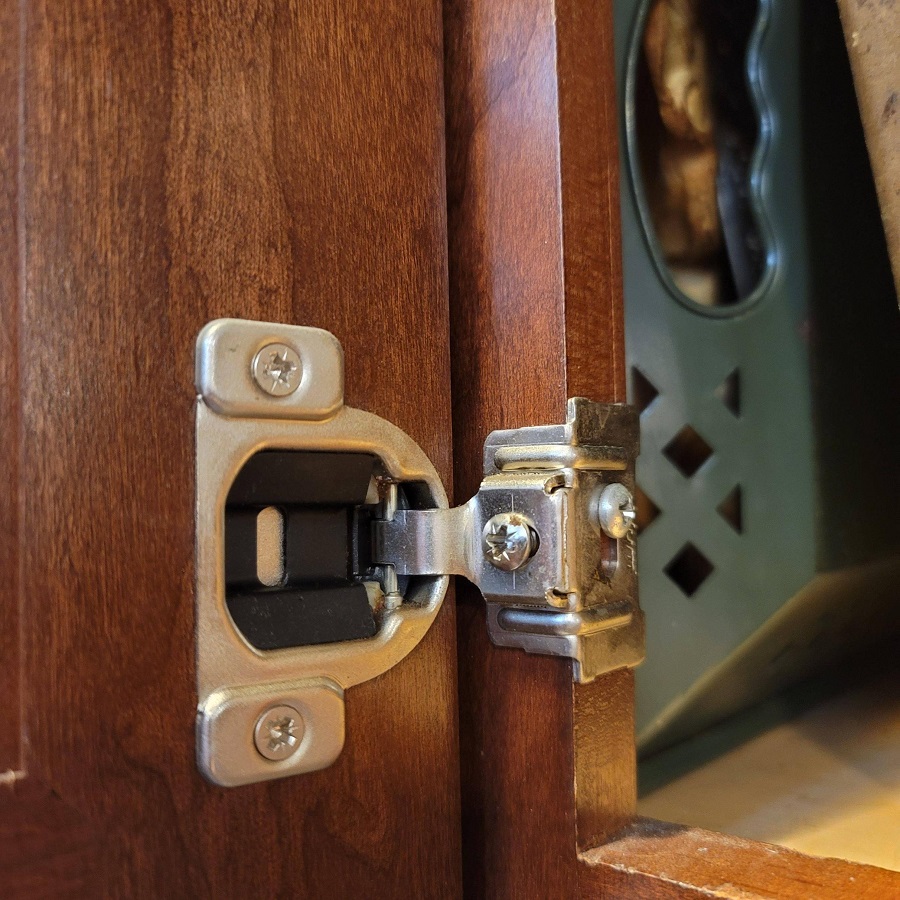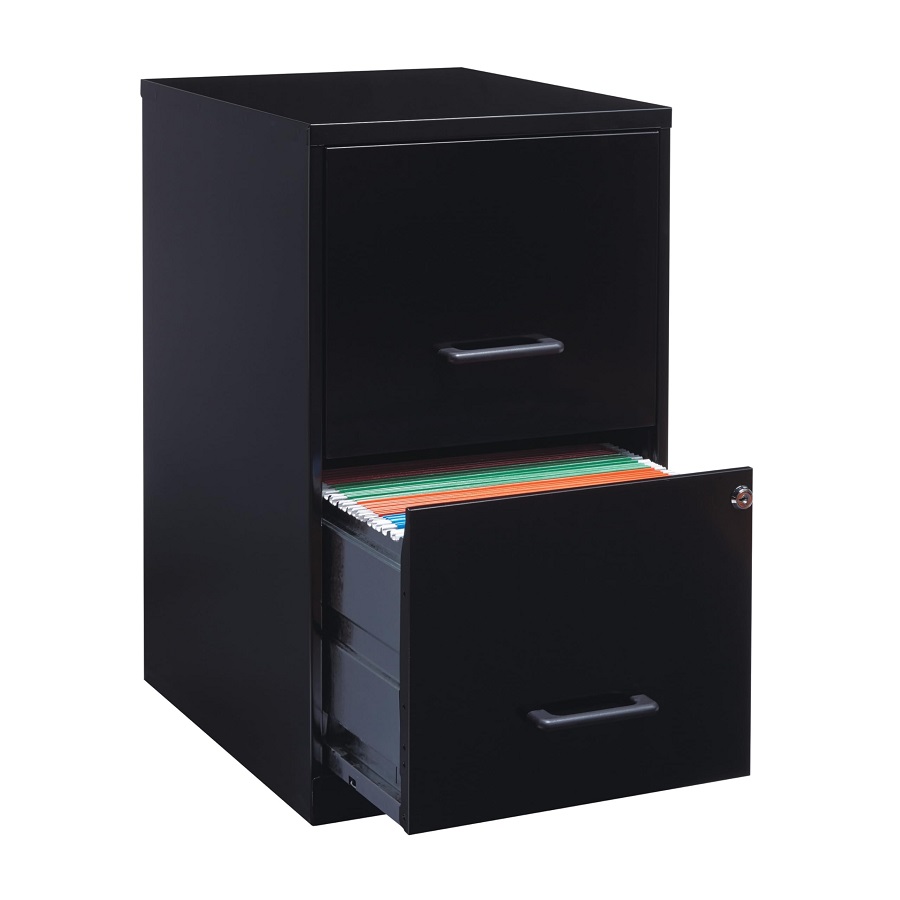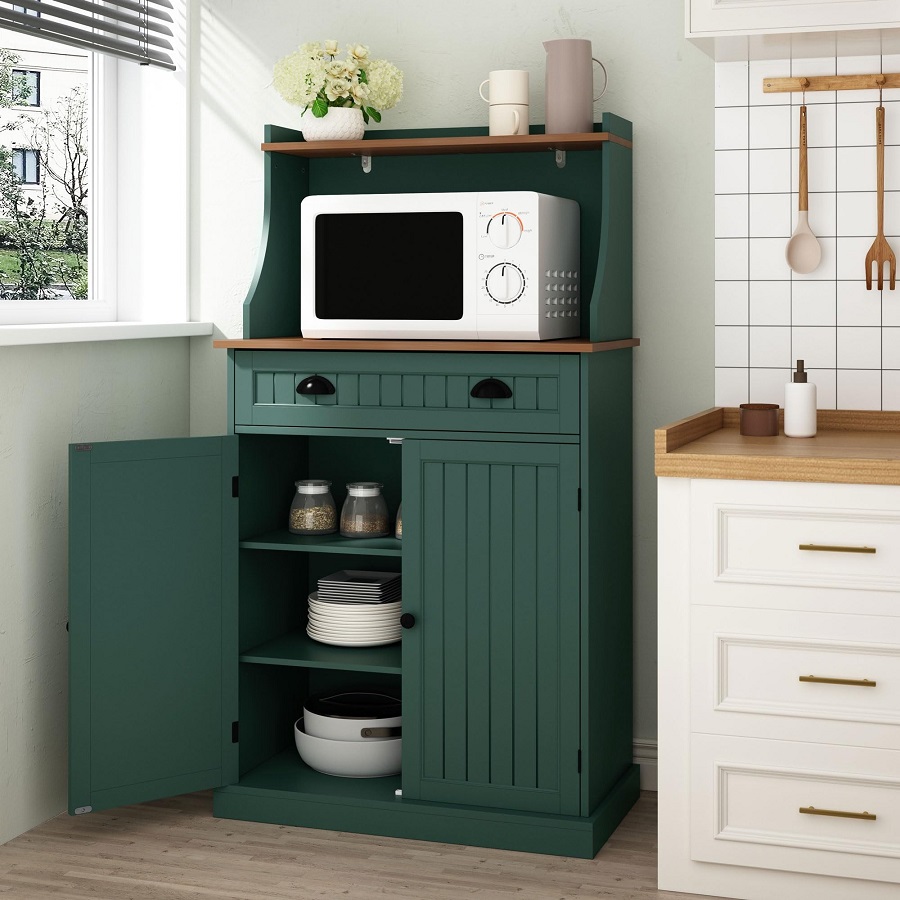In today’s modern homes, a media cabinet is more than just a piece of furniture; it’s a focal point that combines functionality with style. A well-chosen media cabinet can enhance the aesthetics of your living space while providing essential storage and organization for your entertainment equipment. This article will guide you through the process of selecting the perfect media cabinet for your home, covering everything from size and style to materials and features.
Understanding Your Needs
Assessing Your Space
Before you start shopping for a media cabinet, it’s crucial to assess the space where it will be placed. Consider the following factors:
- Room Size: Measure the dimensions of the room to ensure the cabinet fits comfortably. Leave enough space around the cabinet for easy access and movement.
- Wall Space: Determine if the cabinet will be against a wall or in a corner. Corner cabinets are designed to fit snugly into corners, maximizing space.
- Ceiling Height: If you have high ceilings, a taller cabinet might look more proportionate. For lower ceilings, a shorter, wider cabinet may be more appropriate.
Evaluating Your Equipment
Take stock of the electronic devices and other items you need to store. This will help you determine the size and configuration of the cabinet:
- TV Size: Measure the width and height of your TV to ensure it fits within the cabinet or on top of it.
- Other Devices: Count the number of devices you have, such as DVD players, gaming consoles, and sound systems. Consider their sizes and the number of shelves and compartments needed.
- Cables and Wires: Think about cable management. Look for cabinets with built-in cable management systems or ample space for organizing wires.
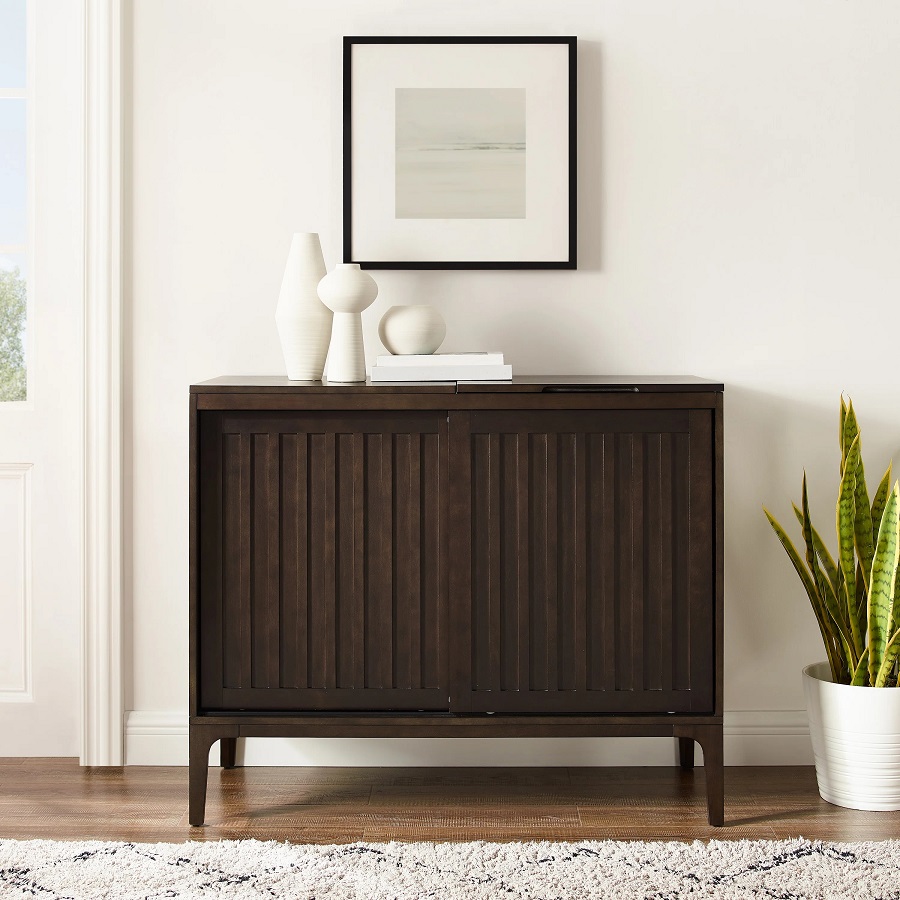
Choosing the Style
Modern and Contemporary
Modern and contemporary media cabinets are characterized by clean lines, minimalistic designs, and a focus on function. These cabinets often feature:
- Sleek Finishes: High-gloss, matte, or brushed metal finishes.
- Simple Hardware: Minimal or hidden hardware.
- Open Shelves: Some models have open shelves for a more airy and open look.
Example: Floating Wall-Mounted Cabinets
Floating wall-mounted cabinets are a popular choice for modern homes. They create a streamlined, clutter-free appearance and can be customized to fit your specific needs. These cabinets often come with adjustable shelves and cable management solutions.
Traditional and Rustic
Traditional and rustic media cabinets bring a sense of warmth and classic elegance to your living space. They typically feature:
- Wooden Materials: Solid wood or wood veneers, often in rich, warm tones.
- Decorative Details: Molding, carvings, and ornate hardware.
- Glass Doors: Many traditional cabinets have glass doors to showcase your collection of DVDs, books, or decorative items.
Example: Farmhouse-Style Cabinets
Farmhouse-style cabinets are a great option for those who prefer a cozy, rustic feel. These cabinets often have distressed finishes, barn door details, and plenty of storage space. They can add a charming, homely touch to any living room.
Mid-Century Modern
Mid-century modern media cabinets are inspired by the design trends of the 1950s and 1960s. They are known for their:
- Clean Lines and Organic Shapes: Simple, geometric forms and organic curves.
- Natural Materials: Wood, particularly teak, walnut, and oak, with natural finishes.
- Functional Design: Often include sliding doors, drawers, and open shelving.
Example: Teak Media Consoles
Teak media consoles are a staple of mid-century modern design. They offer a blend of form and function, with ample storage and a timeless aesthetic. The rich, warm tones of teak can complement a variety of decor styles.
Considering the Material
Wood
Wood is a classic and versatile material for media cabinets. It offers durability and a natural, warm aesthetic. Common types of wood used include:
- Solid Wood: Durable and long-lasting, but can be more expensive.
- Wood Veneer: A thin layer of real wood over a composite core, offering a balance of quality and affordability.
- Engineered Wood: Made from layers of wood and adhesives, engineered wood is strong and cost-effective.
Pros and Cons
- Pros: Natural beauty, durability, and a wide range of finishes.
- Cons: Can be heavy, requires regular maintenance, and may be more expensive.
Metal
Metal media cabinets are sleek and modern, often featuring:
- Steel and Aluminum: Durable and resistant to wear and tear.
- Powder-Coated Finishes: Available in a variety of colors and textures.
- Industrial Design: Often has an industrial or minimalist look.
Pros and Cons
- Pros: Lightweight, durable, and easy to clean.
- Cons: Can be cold and impersonal, and may show scratches and dents more easily.
Glass
Glass media cabinets are elegant and provide a modern, airy feel. They are often used in combination with other materials like wood or metal. Features include:
- Tempered Glass: Strong and shatter-resistant.
- Clear or Frosted Glass: Clear glass allows for visibility, while frosted glass provides privacy.
- Modern Aesthetics: Often used in contemporary and minimalist designs.
Pros and Cons
- Pros: Elegant, easy to clean, and adds a sense of openness.
- Cons: Can be fragile, shows fingerprints and smudges, and may not provide as much privacy.
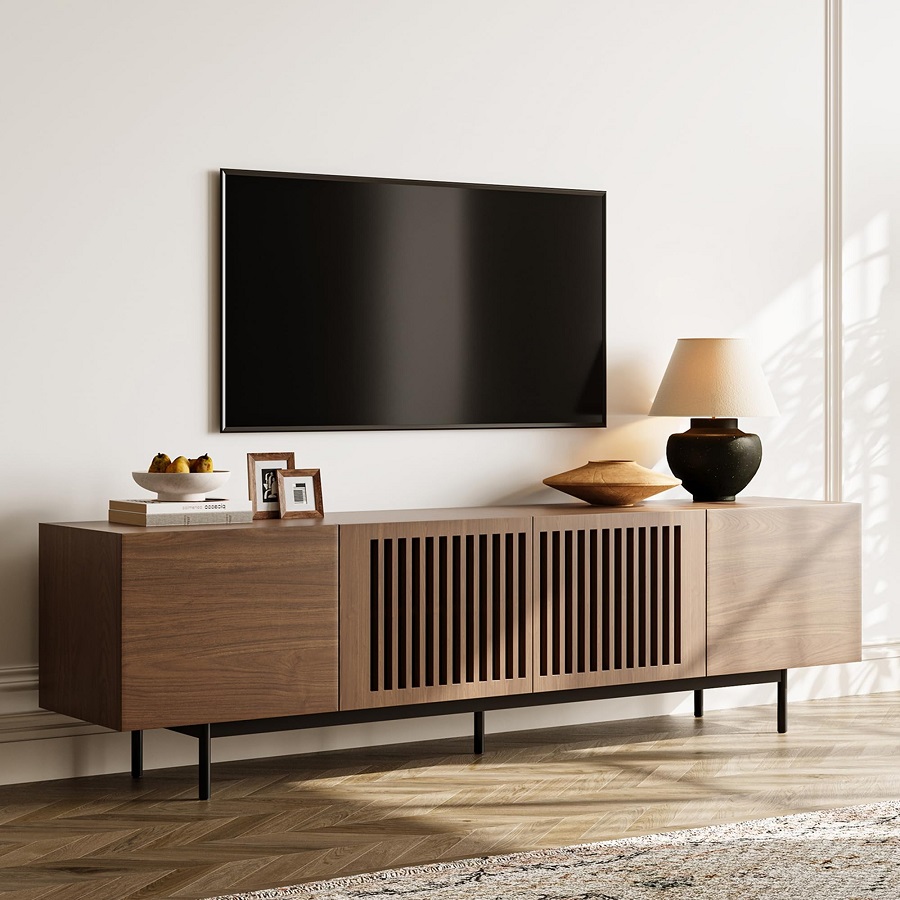
Functional Features
Storage Options
The right media cabinet should provide ample storage for all your media and entertainment needs. Consider the following options:
- Shelves: Adjustable shelves allow for flexible storage and can accommodate different-sized devices.
- Drawers: Drawers are great for storing smaller items like remotes, cables, and game controllers.
- Doors: Cabinets with doors can hide clutter and protect your devices from dust and damage.
Cable Management
Cable management is crucial for maintaining a tidy and organized look. Look for cabinets with:
- Built-In Channels: Hidden channels or grooves for routing cables.
- Back Panels with Cutouts: Back panels with pre-cut holes for easy cable access.
- Cable Ties and Clips: Some cabinets come with additional cable management accessories.
Ventilation
Proper ventilation is important to prevent overheating of your electronic devices. Choose a cabinet with:
- Ventilation Holes: Small holes or slots in the back panel to allow air to circulate.
- Open Shelves: Open shelves can also help with ventilation, especially for devices that generate a lot of heat.
Budget and Quality
Setting a Budget
Determine how much you are willing to spend on a media cabinet. Prices can vary widely based on the material, size, and brand. Consider the following:
- Entry-Level: Basic cabinets made from engineered wood or particle board, suitable for those on a tight budget.
- Mid-Range: Higher-quality materials like solid wood or metal, with more features and better craftsmanship.
- High-End: Premium materials, custom designs, and top-tier craftsmanship, often from well-known brands.
Evaluating Quality
Quality is a key factor in ensuring your media cabinet lasts for years. Here are some things to look for:
- Construction: Check for sturdy construction with no wobbles or loose parts.
- Finish: A smooth, even finish indicates good quality. Look for any blemishes or imperfections.
- Hardware: High-quality hardware, such as hinges and drawer slides, should be durable and operate smoothly.
Additional Considerations
Aesthetic Integration
Your media cabinet should complement the overall aesthetic of your home. Consider the following:
- Color and Finish: Choose a color and finish that matches or complements your existing furniture and decor.
- Design Elements: Look for design elements that align with your style, such as geometric shapes for a modern look or intricate details for a traditional feel.
Future-Proofing
Consider the potential for future changes in your entertainment setup. A cabinet with adjustable shelves and ample storage can accommodate new devices and technologies as they become available.
Sustainability
If sustainability is important to you, look for cabinets made from eco-friendly materials and produced using sustainable practices. Some manufacturers use reclaimed wood or recycled materials, and others follow environmentally responsible manufacturing processes.
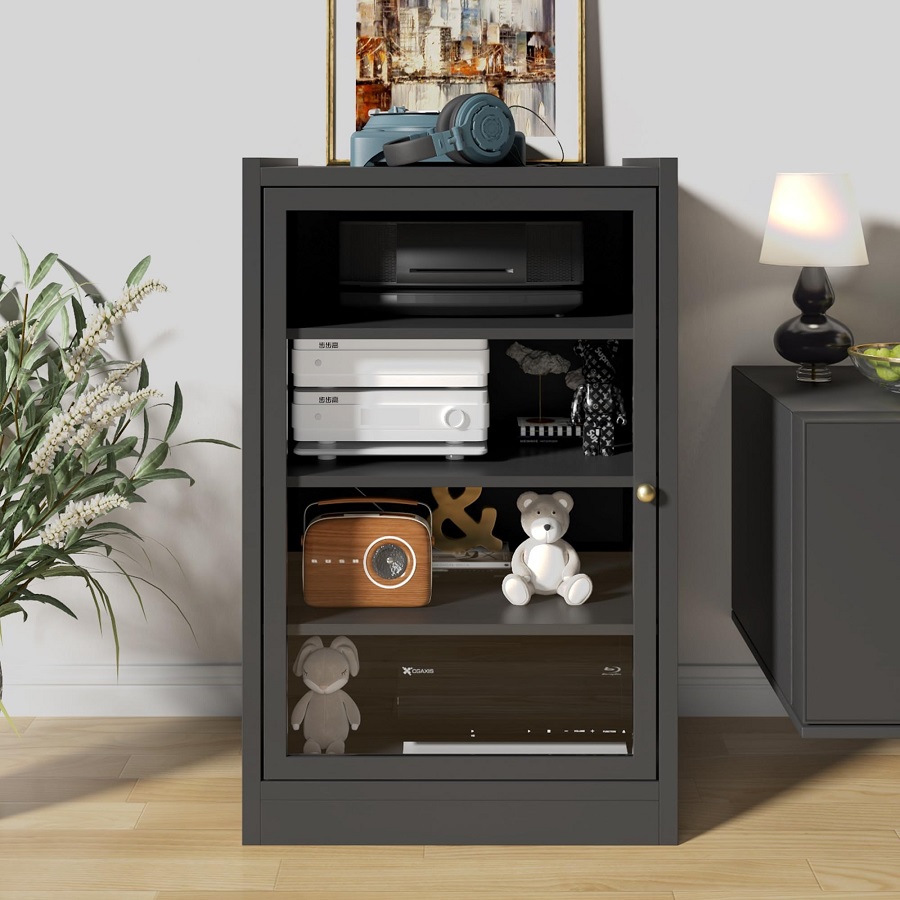
Conclusion
Choosing the right media cabinet for your home involves a thoughtful consideration of your space, needs, and personal style. By assessing your space, evaluating your equipment, and considering the style, material, and functional features, you can find a cabinet that not only meets your practical needs but also enhances the overall aesthetic of your living space. Whether you opt for a modern, traditional, or mid-century modern design, a well-chosen media cabinet will be a valuable addition to your home for years to come. Happy shopping!
